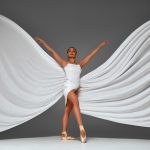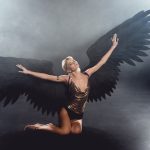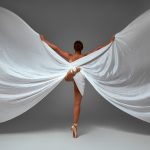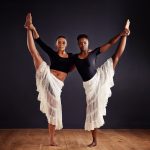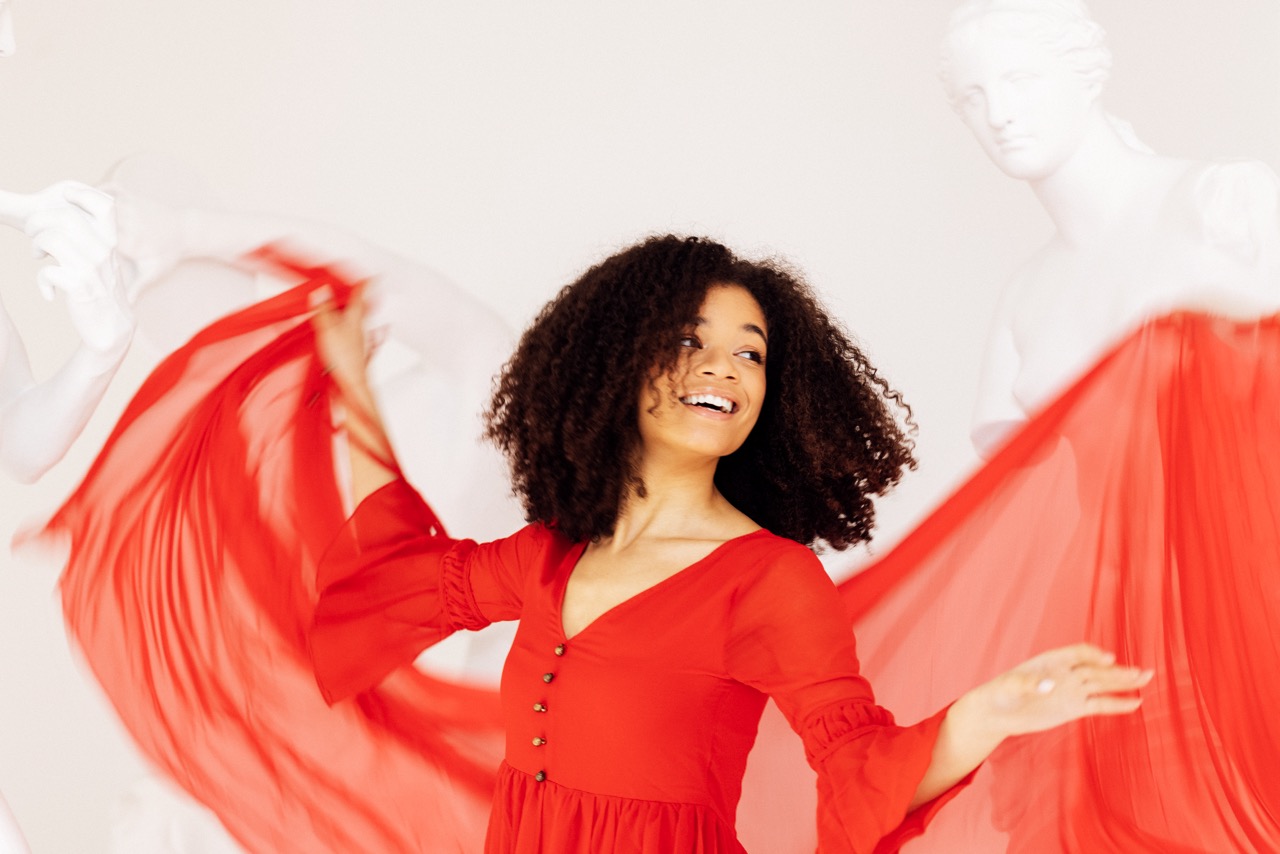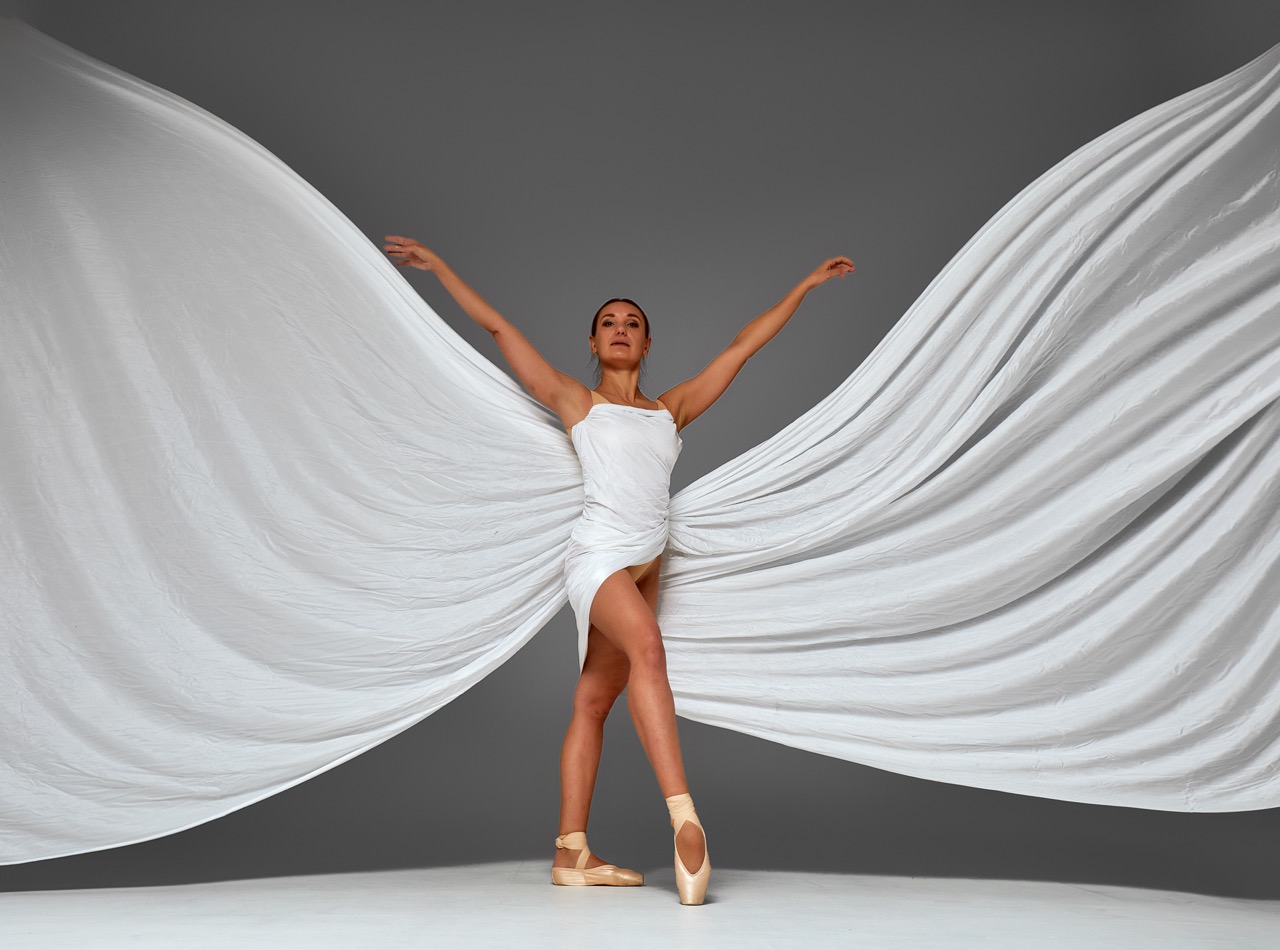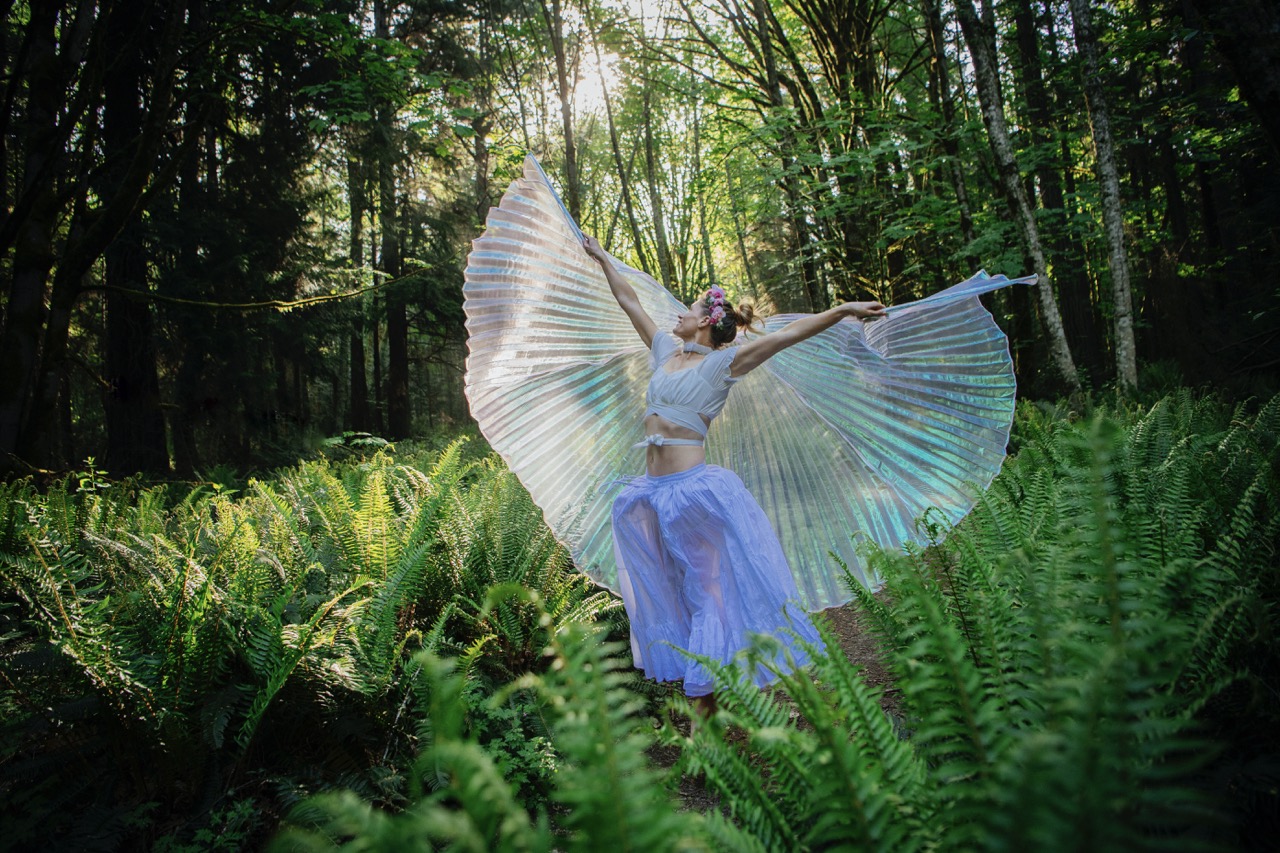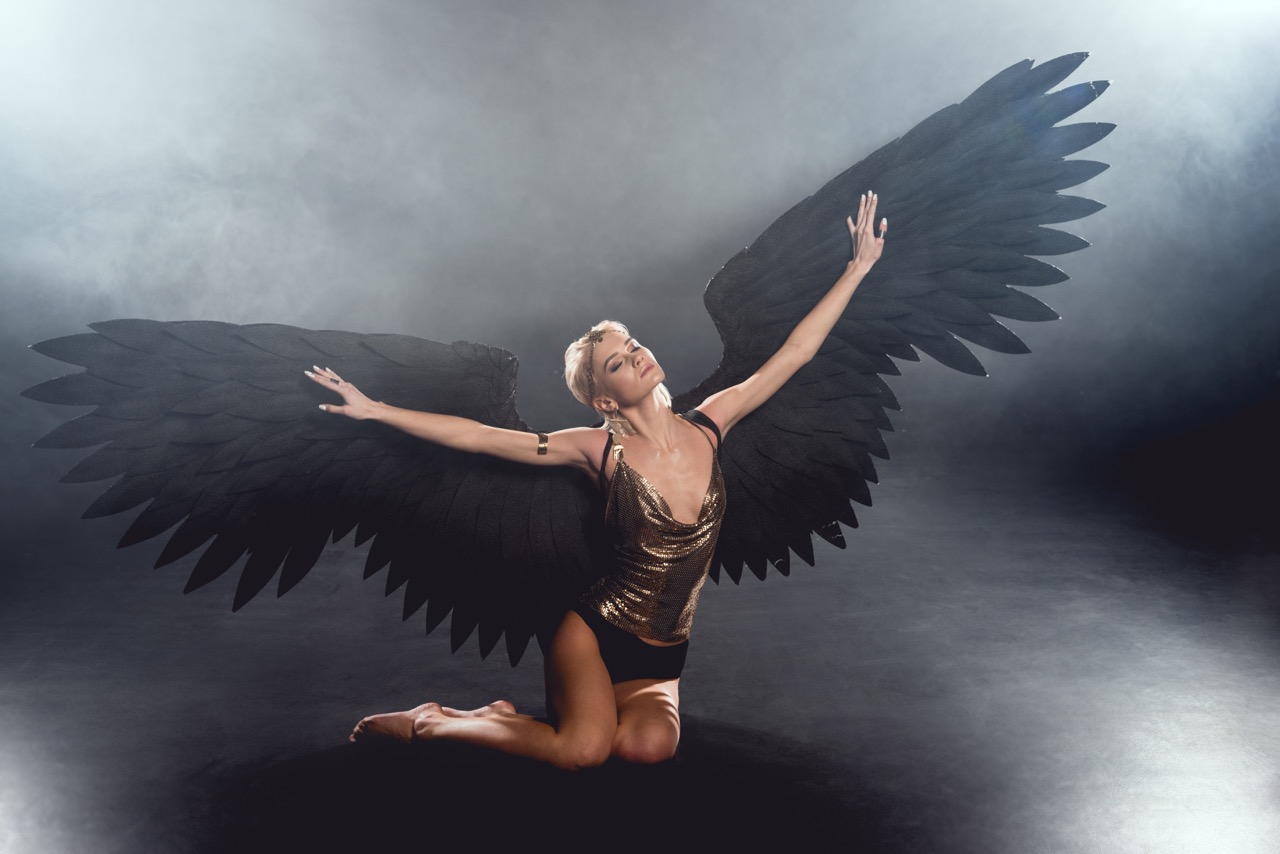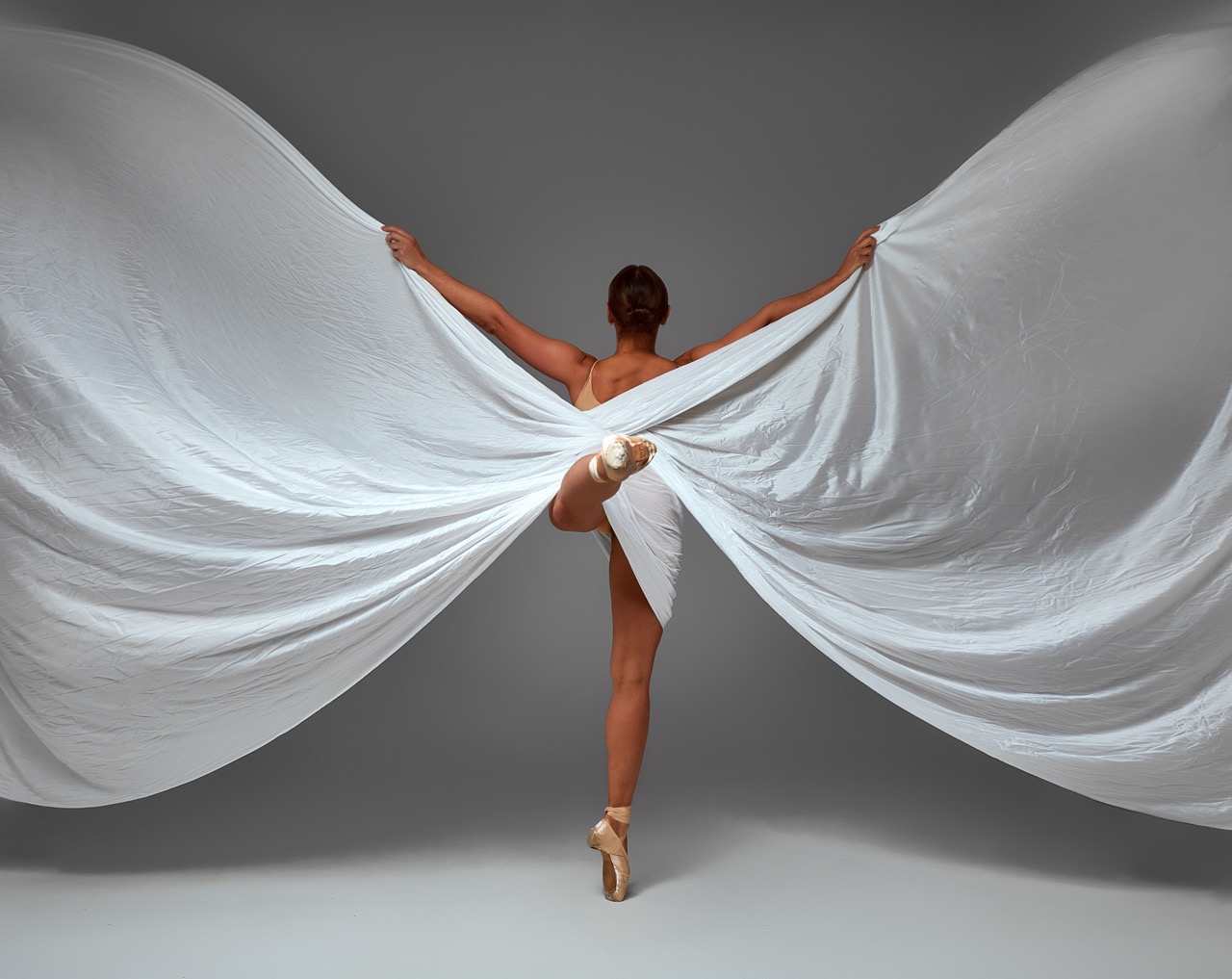The world of dance is a vibrant tapestry woven from the threads of emotion, storytelling, and expression. Among the myriad tools dancers utilize to elevate their art, movement-based choreography with dance wings has emerged as a captivating and dynamic approach. Dance wings, often large, flowing fabrics attached to the dancer’s arms, create a visual spectacle that enhances movement and conveys deeper narratives. This article delves into the multifaceted aspects of incorporating dance wings into choreography, exploring how they transform traditional performances into mesmerizing works of art.
Exploring the Art of Movement: Dance Wings in Action
The use of dance wings allows for an exploration of movement that transcends the physical. These flowing extensions of the dancer’s body enable a wide range of expressions, from fluid and gentle gestures to powerful, sweeping motions. As the fabric catches the air, it creates a visual language that can communicate the dancer’s emotional state, drawing the audience into a world of sensation and feeling. In this way, dance wings become an extension of the dancer’s identity, providing a canvas for artistic expression while also enhancing the overall aesthetic of the performance.
Incorporating dance wings into choreography requires a keen understanding of both movement and the material’s properties. Dancers must master the art of timing, learning to coordinate their movements with the flow of the fabric to create harmonious and striking visuals. The choreography must be designed with the wings in mind, incorporating movements that utilize the wings’ potential for elevation and floatation. Such careful planning results in a seamless integration of the dancer’s body and the wings, allowing for a unified presentation that captivates audiences and enhances the storytelling aspect of the performance.
Furthermore, the versatility of dance wings permits a diverse range of styles and interpretations. Whether used in classical ballet, contemporary dance, or even theatrical performances, dance wings adapt to the choreographer’s vision, enhancing the narrative while providing a unique means of expression. This adaptability inspires choreographers to experiment with various concepts, leading to innovative performances that challenge conventional boundaries and invite audiences to experience movement in new ways.
The Fusion of Choreography and Dynamic Expression
Integrating dance wings into choreography fosters a symbiotic relationship between movement and the environment. The kinetic energy generated by a dancer wielding wings can transform a static space into a dynamic stage, where every gesture and movement interacts with the atmosphere. This fusion not only amplifies the emotional weight of the performance but also invites viewers to engage with the narrative from a fresh perspective, blurring the lines between dancer and audience.
Choreographers often find themselves inspired by the unique properties of dance wings. The weight, texture, and flow of the fabric can dictate the style and intensity of movement, prompting dancers to explore new techniques and emotional expressions. As dancers experiment with the wings, they discover innovative ways to express tension, release, conflict, and resolution through their bodies, enriching the choreography with layers of meaning and resonance. This transformative process can lead to a deeper understanding of movement as both an art form and a means of communication.
Moreover, the visual spectacle of dance wings elevates the performance experience, creating an enchanting atmosphere that captivates audiences. The interplay of light and shadow on the fabric, combined with the dancer’s movements, can evoke a sense of wonder and enchantment. This dynamic expression invites viewers to interpret the performance in personal ways, leading to varied emotional responses and connections to the choreography. In this way, dance wings not only enhance the physicality of dance but also expand the emotional landscape of the performance itself.
Enhancing Performance: Benefits of Dance Wings
The incorporation of dance wings in performances offers numerous benefits that enhance both the dancer’s experience and the audience’s engagement. Firstly, dance wings amplify the visual impact of movements, creating a stunning spectacle that draws attention and evokes emotions. As the fabric flows and dances in harmony with the dancer’s body, it generates a captivating visual narrative that resonates with viewers. This allows the performance to leave a lasting impression, making it memorable and impactful.
In addition to enhancing visual appeal, dance wings serve as powerful tools for emotional expression. The fluidity and grace with which the fabric moves can mirror the dancer’s internal feelings, bridging the gap between physicality and emotion. This synergy between the dancer and the wings allows for a deeper connection to the audience, as the movement takes on layers of meaning that transcend mere technique. Audiences are often moved by the emotional weight conveyed through the wings, creating an immersive experience that invites reflection and engagement.
Furthermore, dance wings can also facilitate collaboration and innovation within dance groups. When dancers work together, experimenting with the wings, new choreographic ideas often emerge. This collaborative atmosphere fosters creativity, encouraging performers to break free from traditional constraints and explore uncharted territory in their artistry. As a result, dance wings not only enhance individual performances but also inspire collective creativity, leading to a dynamic and evolving dance ecosystem.
Crafting Stories Through Movement: A New Paradigm
Dance as an art form has long been a medium for storytelling, yet the introduction of dance wings offers a fresh paradigm for narrative exploration. The expansive nature of the wings can symbolize themes of freedom, transformation, and emotional release, allowing choreographers to weave rich narratives that resonate on multiple levels. Through intentional choreography, the wings become instrumental in conveying character arcs, emotions, and conflicts, transforming the stage into a vivid storytelling canvas.
The storytelling potential of dance wings encourages choreographers to delve into abstract themes and concepts. Dancers can utilize the wings to represent elements such as nature, seasons, or even human emotions, creating multifaceted narratives that encourage audience interpretation. This abstraction invites viewers to engage with the performance on a deeper level, sparking their imagination and inviting them to draw personal connections to the movements. In this way, dance wings contribute to a more interactive and immersive storytelling experience.
Moreover, the use of dance wings fosters a sense of unity and connection among performers. As dancers move together, their wings create a cohesive visual narrative that reflects their collective journey. This collaborative aspect of storytelling strengthens the emotional impact of the performance, as audiences witness a shared experience that transcends individual narratives. By embracing the transformative power of dance wings, choreographers can craft stories that resonate deeply, leaving a lasting impression on both performers and audiences alike.
Movement-based choreography with dance wings represents a fusion of artistic expression, dynamic storytelling, and innovative performance. Through the integration of these captivating elements, dancers are empowered to explore new dimensions of movement while engaging audiences in a profound and immersive experience. As the world of dance continues to evolve, the art of movement with dance wings stands as a testament to the endless possibilities that arise when creativity and technique intertwine. By embracing this new paradigm, dancers and choreographers alike are invited to craft stories that not only entertain but also resonate with the heart and spirit of their audience.
